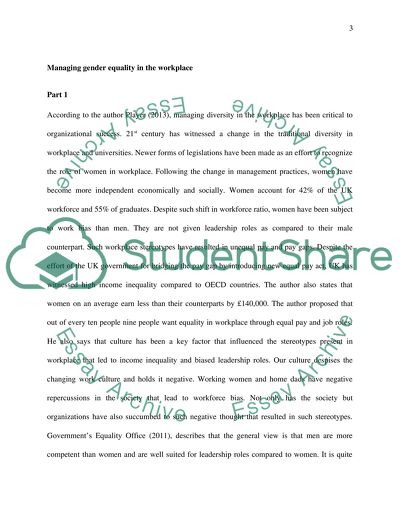Cite this document
(“FF Managing Diversity Awareness Campaign Essay Example | Topics and Well Written Essays - 2000 words”, n.d.)
FF Managing Diversity Awareness Campaign Essay Example | Topics and Well Written Essays - 2000 words. Retrieved from https://studentshare.org/marketing/1694544-ff-managing-diversity-awareness-campaign
FF Managing Diversity Awareness Campaign Essay Example | Topics and Well Written Essays - 2000 words. Retrieved from https://studentshare.org/marketing/1694544-ff-managing-diversity-awareness-campaign
(FF Managing Diversity Awareness Campaign Essay Example | Topics and Well Written Essays - 2000 Words)
FF Managing Diversity Awareness Campaign Essay Example | Topics and Well Written Essays - 2000 Words. https://studentshare.org/marketing/1694544-ff-managing-diversity-awareness-campaign.
FF Managing Diversity Awareness Campaign Essay Example | Topics and Well Written Essays - 2000 Words. https://studentshare.org/marketing/1694544-ff-managing-diversity-awareness-campaign.
“FF Managing Diversity Awareness Campaign Essay Example | Topics and Well Written Essays - 2000 Words”, n.d. https://studentshare.org/marketing/1694544-ff-managing-diversity-awareness-campaign.


